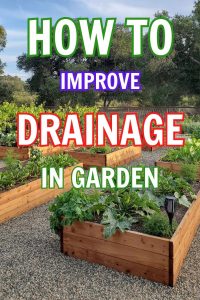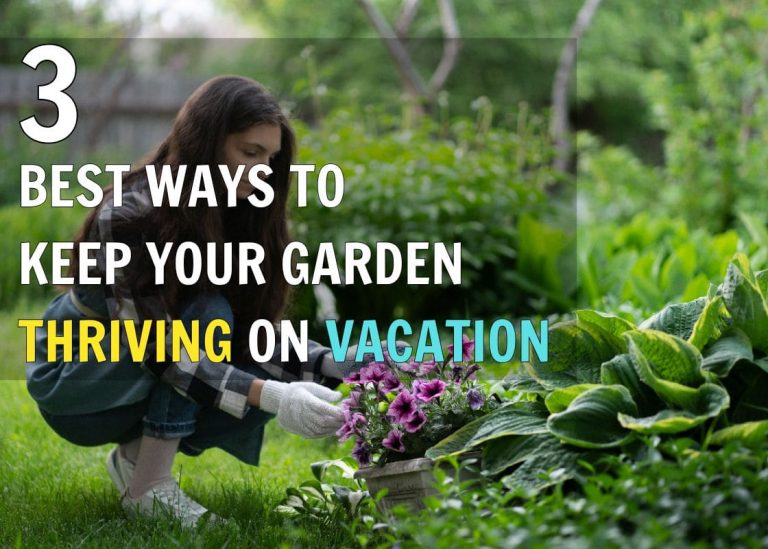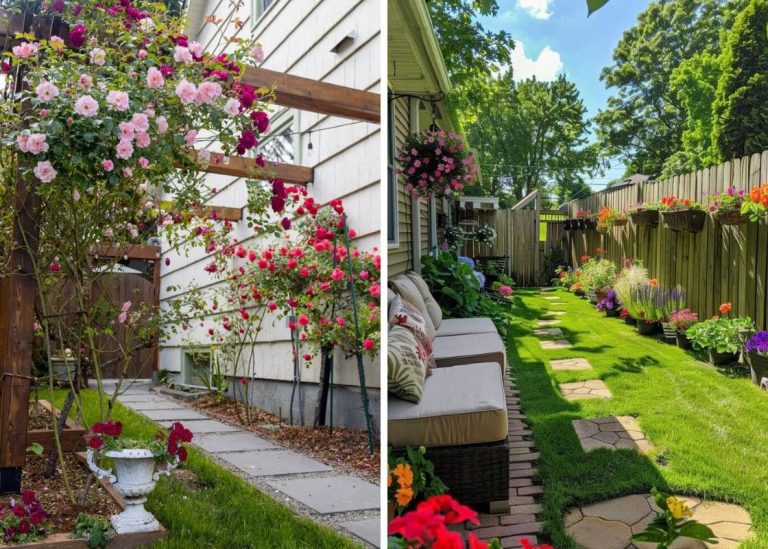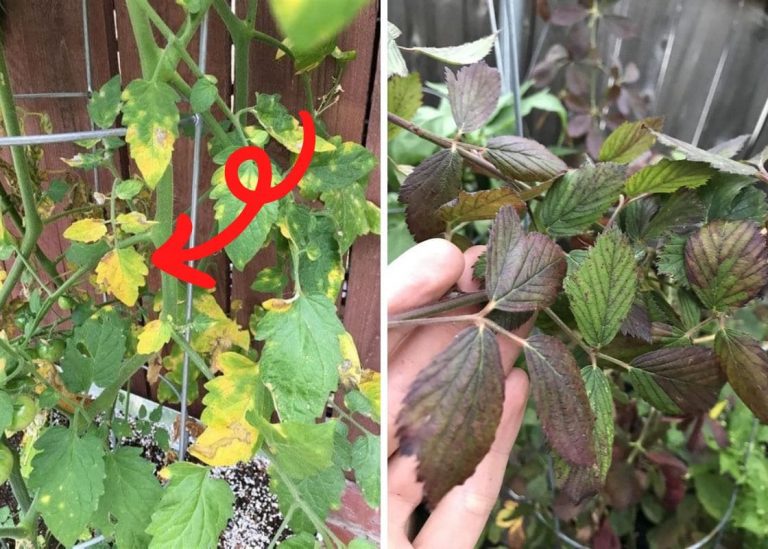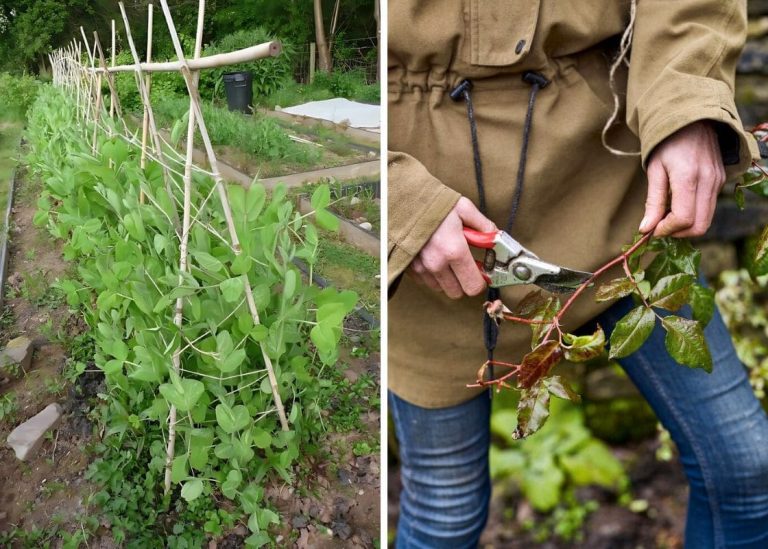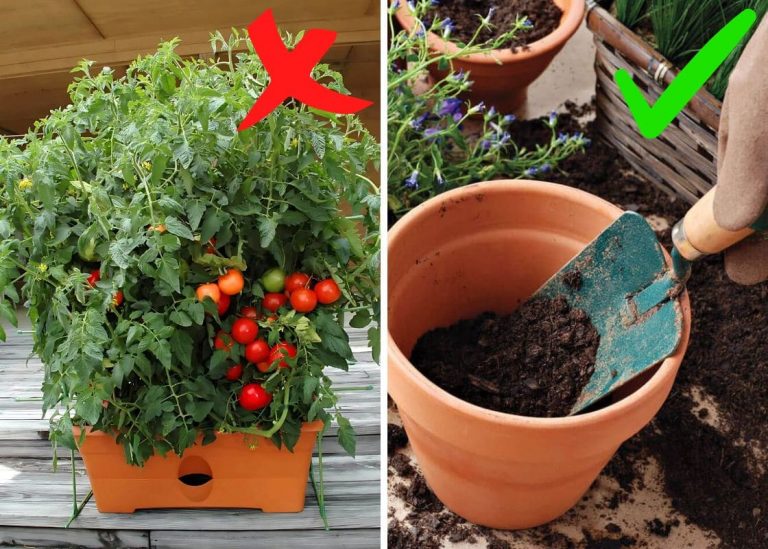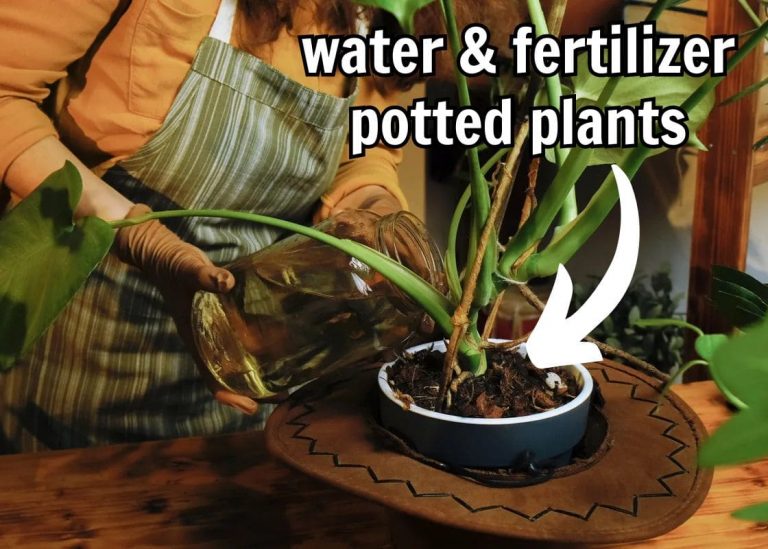How to Improve Drainage in Your Garden With The Lowest Cost
I’ve had my fair share of battles with poor drainage. One season, I planted a row of beautiful tomatoes, only to watch them wilt and rot after a heavy rainstorm. Another time, I tried growing lavender, only to realize that its roots hated sitting in soggy soil.
That’s when I learned the hard way that good drainage isn’t just about avoiding puddles—it’s about keeping plants healthy, preventing root rot, and making sure soil stays aerated and balanced.
Fixing drainage issues doesn’t have to be complicated, but it does take some observation and effort. Over the years, I’ve found that understanding your soil, improving structure, and making smart planting choices can transform a garden from a swampy mess to a thriving, well-balanced oasis.
If you’ve ever dealt with waterlogged soil, slow-draining beds, or plants that just won’t thrive due to too much moisture, here’s what I’ve learned about improving drainage the right way.
Understanding Your Soil’s Drainage
The easiest way to check drainage is by digging a small hole, about a foot deep, and filling it with water.
If the water sits for hours without draining, it’s a clear sign that the soil is too compacted or has too much clay. On the other hand, if it drains too quickly, it might be too sandy and unable to hold enough moisture.
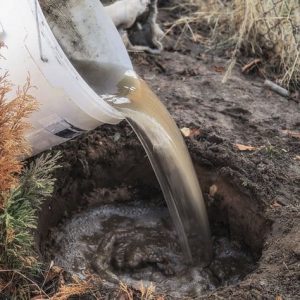
In my early days of gardening, I assumed all soil was the same, but I quickly learned that clay-heavy soil tends to hold onto water, while sandy soil lets it drain too fast.
The sweet spot is somewhere in between – loamy soil, which holds enough moisture for plant roots but allows excess water to drain away. If your garden leans too far in either direction, there are ways to correct it and create a healthier growing environment.
Amending Soil to Improve Drainage
One of the most effective ways I’ve improved drainage is by adding organic matter. When I first moved into my home, my garden had thick, compacted clay soil that would turn into a sticky mess after rain.
The solution? Compost, aged manure, and shredded leaves. Mixing organic matter into the soil loosens compacted particles and improves structure, making it easier for water to drain.
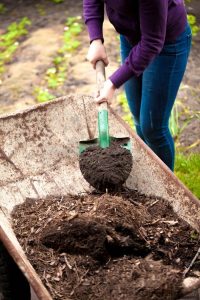
For sandy soil, where water disappears too quickly, I found that adding compost and coconut coir helped retain just the right amount of moisture without letting everything dry out too fast.
Over time, building up the organic content in the soil creates a better balance, allowing plants to absorb moisture without drowning in it.

Raised beds also made a huge difference in my garden.
I built a few simple raised beds filled with well-draining soil, and suddenly my plants thrived in areas where they had previously struggled. Even a few inches of elevation helps prevent water from pooling around delicate roots.
Using Mulch and Ground Cover for Better Drainage
One mistake I used to make was leaving bare soil exposed, which led to compaction and runoff.
Now, I always use a good layer of mulch whether it’s straw, shredded bark, or wood chips. Mulch helps with drainage by preventing the topsoil from hardening while also keeping moisture levels balanced.
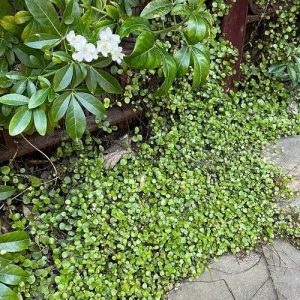
I also started planting ground covers like clover and creeping thyme, which help break up compacted soil with their roots. These plants improve aeration and water flow while adding organic material as they break down over time.
Creating Drainage Pathways
In some parts of my yard, I noticed that no matter how much I improved the soil, water still pooled after heavy rains. That’s when I realized I needed to redirect the excess water rather than fighting it.
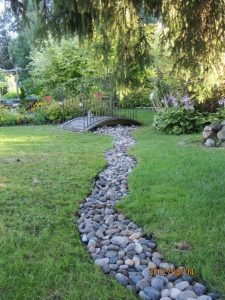
For particularly soggy areas, I installed simple French drains, gravel-filled trenches that allow water to move away from low spots instead of pooling.
It was a bit of work upfront, but once I set them up, I saw an immediate improvement. The water no longer sat in my garden beds, and my plants stopped suffering from root rot after every storm.
For smaller drainage problems, I found that just raising certain beds slightly and sloping the soil gently away from the roots made a big difference. Water naturally flowed away rather than settling in one spot.
Choosing the Right Plants for Your Drainage Needs
Instead of fighting nature, you work with it. If a part of my garden naturally holds more moisture, I plant things that thrive in those conditions like hostas, ferns, and irises.
Instead of struggling to grow drought-loving lavender in a wet area, I moved it to a well-draining raised bed, where it flourished.
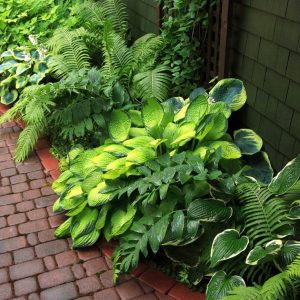
For areas that drain quickly, I plant deep-rooted perennials, succulents, or Mediterranean herbs like rosemary and oregano that can handle drier conditions.
Matching plants to the natural drainage of my yard made gardening so much easier, no more constantly trying to fix problems that could be solved just by choosing the right plants for the right place.
Final Thoughts: Embracing Balance in the Garden
Fixing drainage issues isn’t about eliminating water altogether, it’s about finding the right balance. Plants need moisture, but they also need air around their roots.
Now, when it rains, I don’t worry about my plants drowning. My garden is set up to handle excess moisture, encourage proper drainage, and still retain enough water to keep plants happy.
